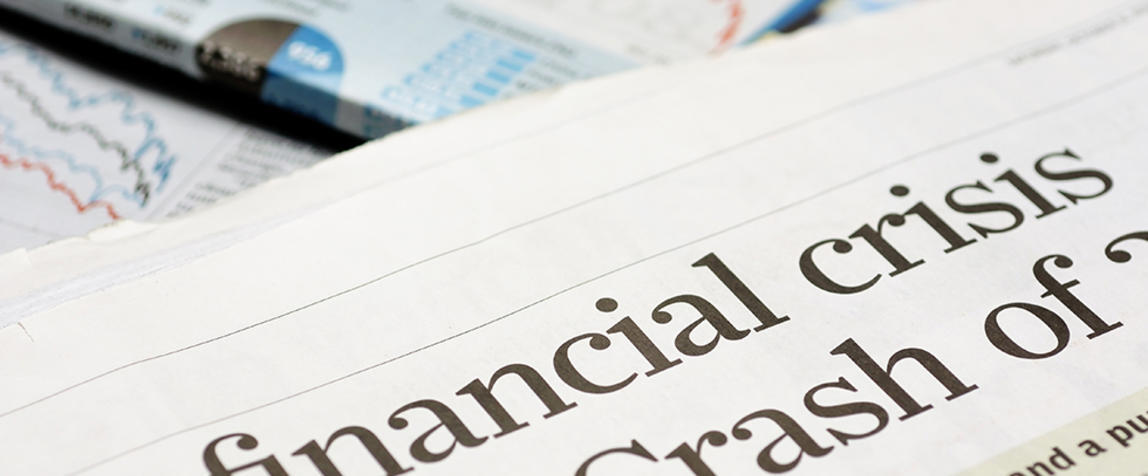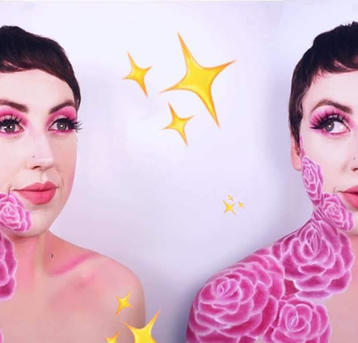It’s no secret that COVID-19 has triggered an enormous economic crisis all over the world, resulting in a sharp downturn across many industries, particularly in advertising, according to a new report titled ‘The History of Advertising In A Recession.’
And while its author, Kunal Gupta, the CEO of Polar – a digital media technology provider for the world’s largest publishers and agencies – acknowledges how important it is that the global health crisis remains number one priority during this time, he can’t deny that it is changing every aspect of our daily lives.
So how bad is it?
Data, insights and consulting company, Kantar, recently surveyed 25,000 people across 30 different countries, with seven in 10 reporting that their household income has been affected or will be affected by the current crisis.
Last week, the IAB released the results of a recent survey of 390 media buyers, planners and brands. Proving to be quite grim, the research found that 24% of brands have paused all ad spend for Q2. Digital ad spend is down 38% and spend on traditional channels is down 43% in March and April.
A recent survey of 2,200 marketers by Marketing Week revealed that the majority of brands have delayed ad spending decisions. Additionally, ad spend is down 33% on social media and 30% on paid search in March and April. In fact, Twitter last week pulled its revenue guidance for the balance of 2020 and Facebook shared that it is seeing weakness in its ad business.
The cost of going ‘dark’
According to Kantar’s report, during the 2008 financial crisis, Millward Brown shared evidence that 60% of the brands that went ‘dark’ during an economic downturn (no TV ad spend for six months) saw ‘brand use’ decrease 24% and ‘brand image’ decrease 28%. Brands that cut their ad budget at a higher rate relative to their competitors were at a greater risk of share loss.
A 2001 analysis from Malik PIMS showed that an increase in spend on marketing and R&D was associated with business success during downturns. Kantar estimates that brands who go dark to save costs will see a 39% reduction in brand awareness and delay recovery after Coronavirus.
An IPA study in 2008 reported that “Following a budget cut, a brand will continue to benefit from the marketing investment made over the previous few years. This will mitigate any short-term business effects, and will result in a dangerously misleading increase in short-term profitability. The longer-term business harm will be more considerable, but will not be noticed at first."
How to advertise in a global pandemic
During a recession, advertisers will use incentives to match the economic climate. Common strategies include promotions, short-term price breaks and to focus messaging on the value that a brand provides. A pandemic however, is different, according to Gupta.
From Kantar’s survey, 77% of consumers say they want brands to talk about how they are helpful in everyday life, 75% want brand to talk about their efforts to face this situation and 70% want them to offer a reassuring tone.
New ways to get creative
“The global health pandemic that has triggered this economic crisis has introduced unique challenges to the creative industry that previous recessions have not prepared us for,” Gupta said. “Creative professionals are severely limited in the options they have to travel, gather and to develop content.”
Additionally, campaigns have gotten shorter, given the uncertainty of the health pandemic and the need for brands to have tone-sensitive creative while continuing to be present versus going ‘dark’. The channels that allow brands to be agile, dynamic and responsive with creative will see more spend versus channels where creative is static and fixed.
“Brands are iterating and innovating with digital creative on social media platforms in near real-time. Expect to see more brands choose to repurpose social creative for other channels.”




